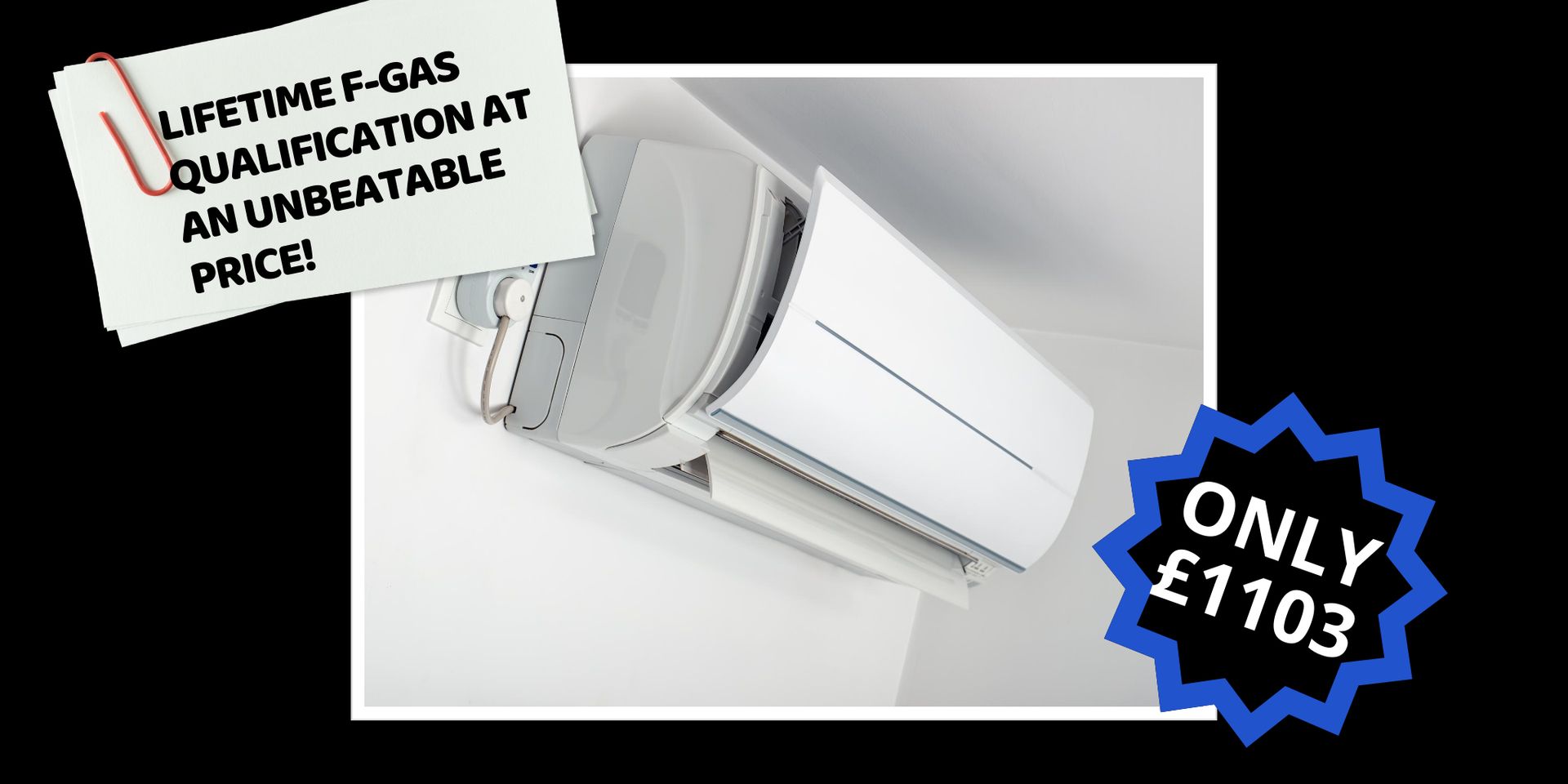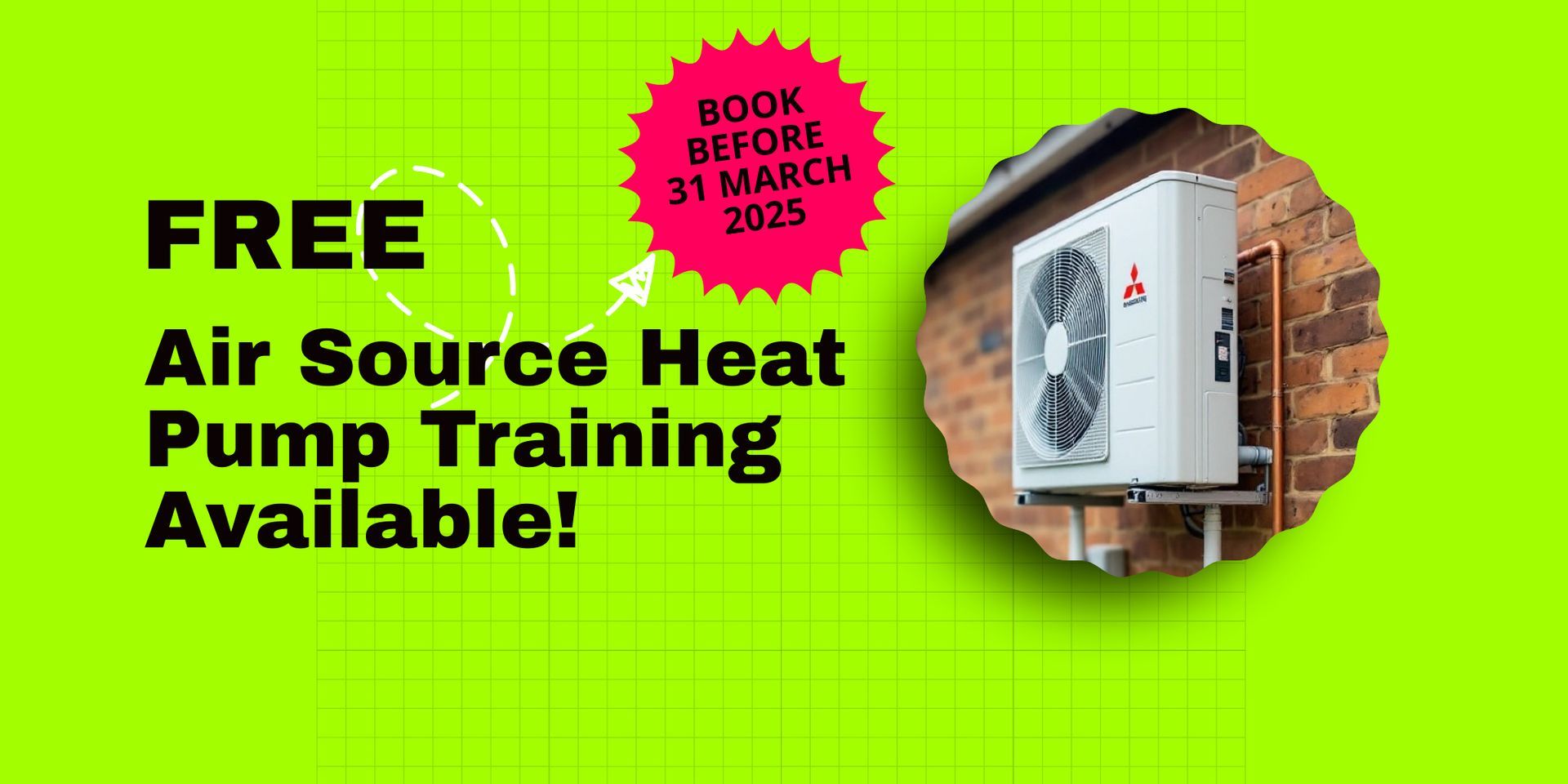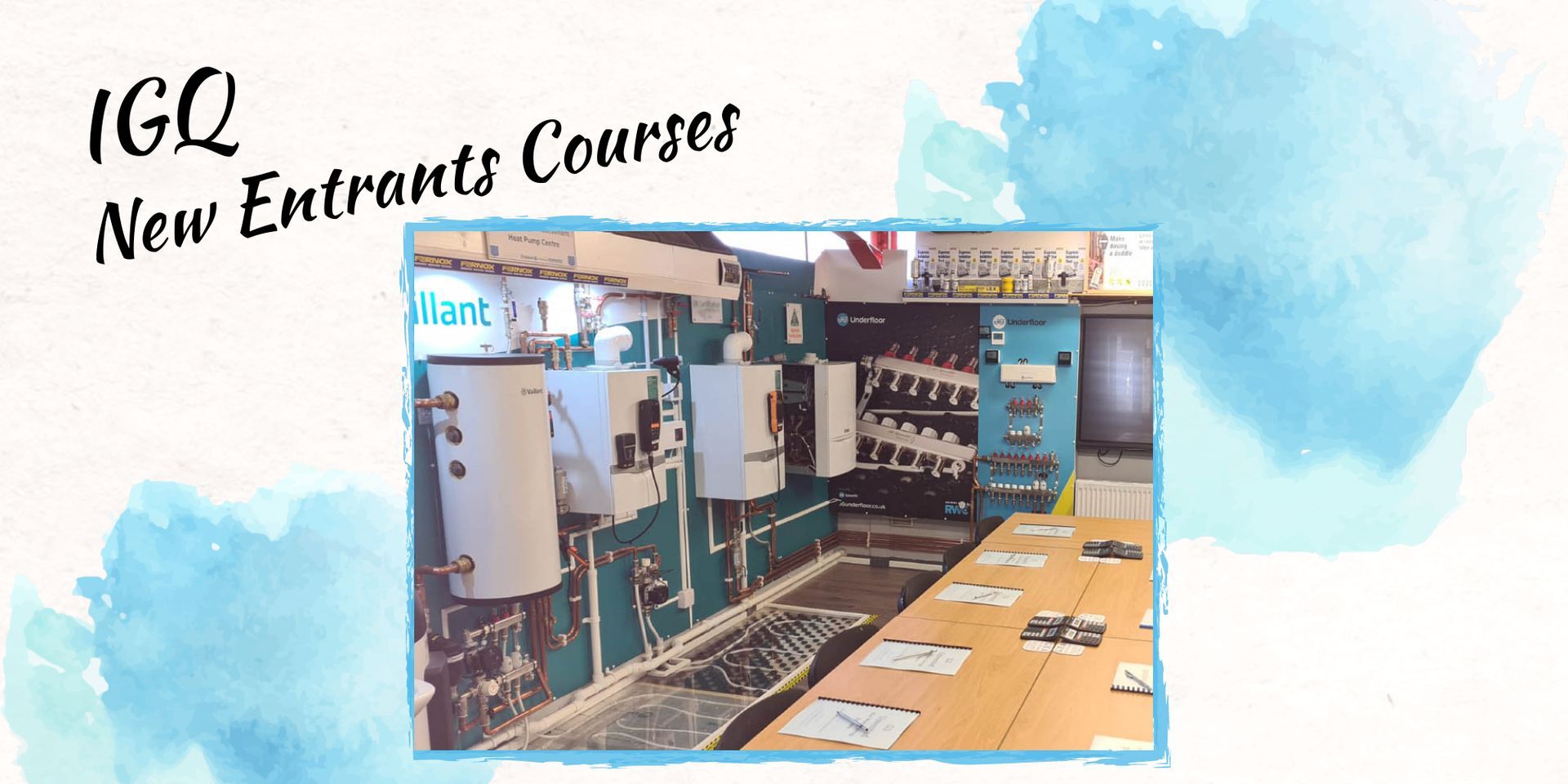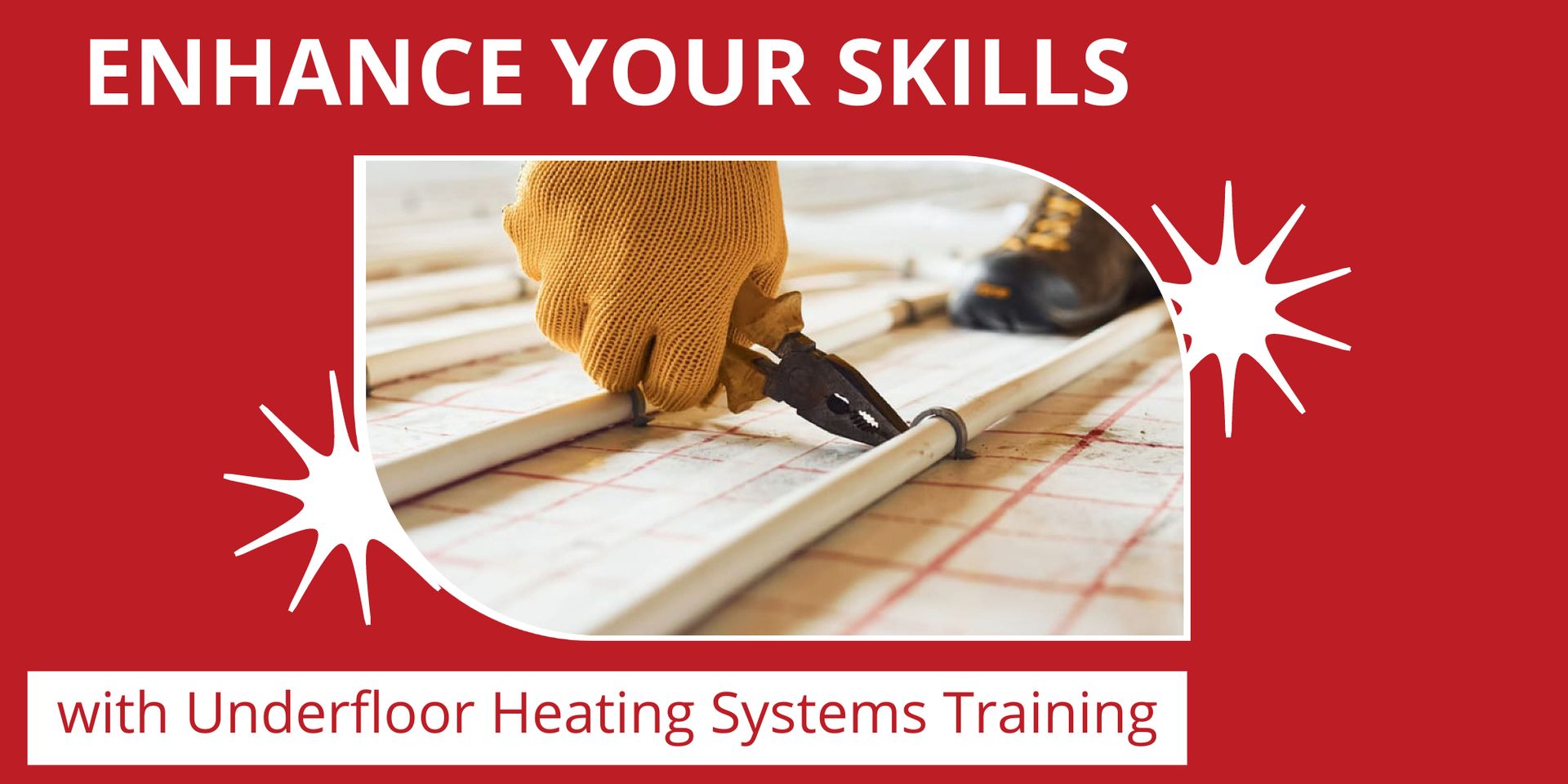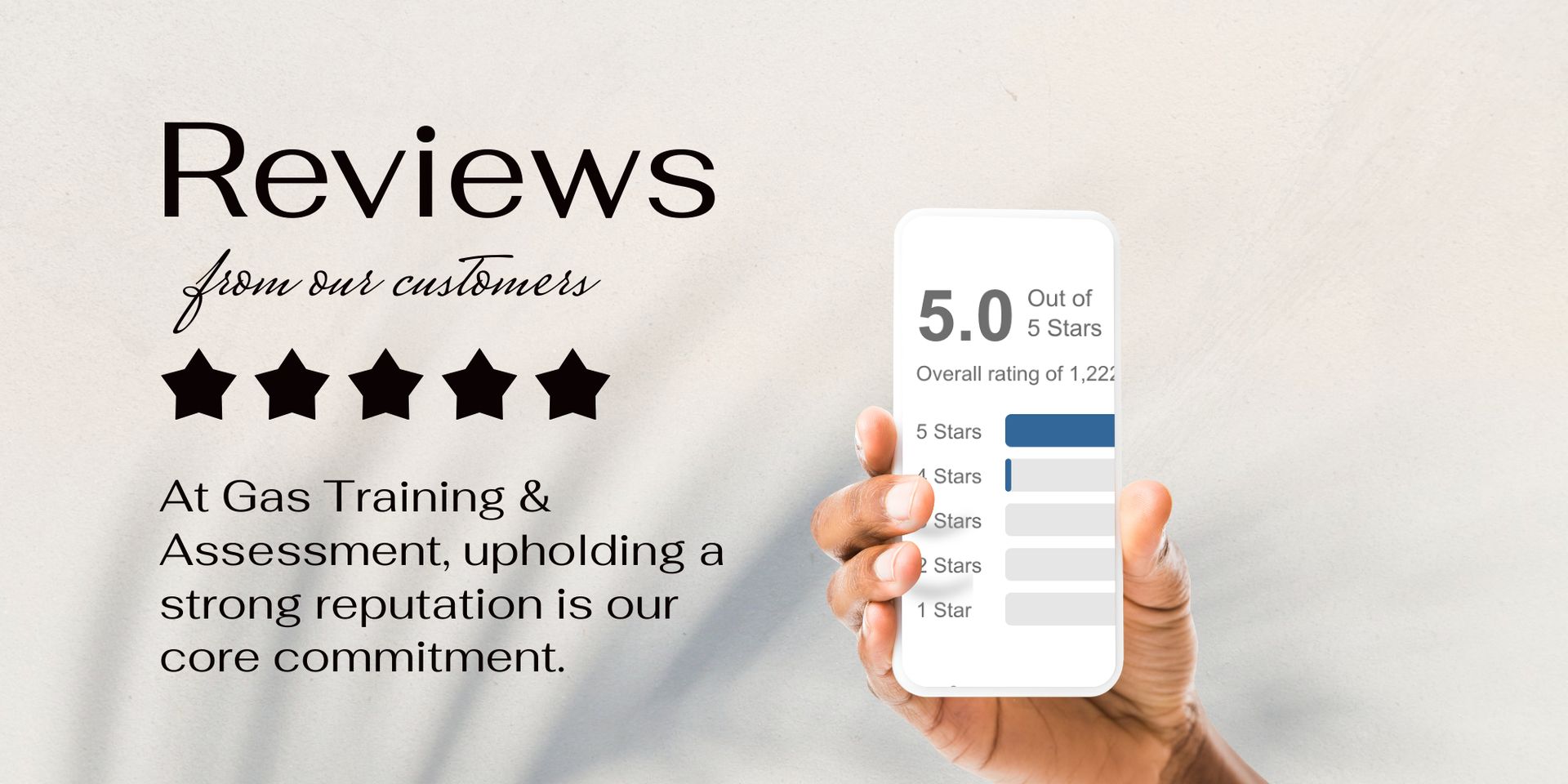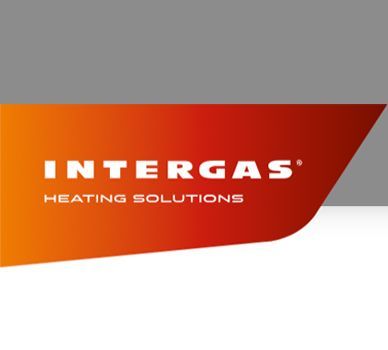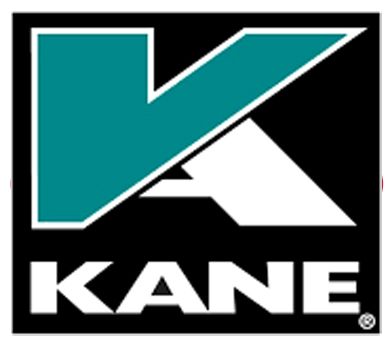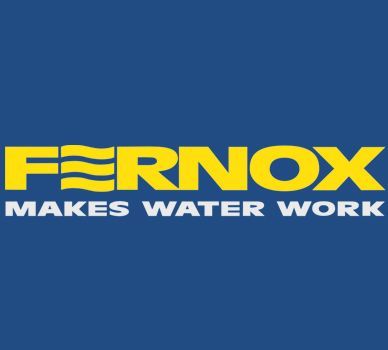Gas and plumbing issues to consider when remodelling a kitchen
Deciding to renovate a kitchen is not always as simple as it sounds.
If your kitchen remodel is a fairly rudimentary 'like for like' replacement, you may escape fairly unscathed. Take your old units out and put the new units in, upgrade sink and taps and perhaps replace your tiles for a new look. Job done!
But for anyone who has had fairly major work done where walls or ceilings have come down and utilities have been moved, they will know all too well the time, stress, mess and money it can take.
So why change things around? Unfortunately, many older kitchens simply don't suit modern living. We like a variety of electrical items such as microwaves, coffee machines and juicers, which means we need more sockets. We rely on our washer dryers and dishwashers so further plumbing is required. We want a built-in seating area or breakfast bar so the layout has to be redesigned. We're set on the idea of a hob or sink in a kitchen island so new pipework needs to be fitted.
Planning is key when it comes to remodelling a kitchen. So what do you need to be aware of when it comes to plumbing and gas work?
Gas ovens
Want to move your gas oven onto an internal wall? This won't be a problem as long as you take ventilation into consideration. You will need an extractor fan, which in turn, will need to be able to be routed either under your floor or into the ceiling.
The same goes for your gas pipes. You may be able to go under the floor but if you have solid concrete, it's going to be virtually impossible. This means that any gas pipes will have to be installed onto the ceiling. Not an issue for homeowners with Victorian properties as high walls means a false ceiling can hide any unsightly pipework. But you may not have enough headroom for this to be a viable solution. If this is the case, you have two options – either keep the gas oven on the original wall or go electric.
Boilers
If your boiler is in the kitchen, it may have become a thorn in your side when it comes to the redesign. Fingers crossed you are able to simply buy a boiler housing unit but in certain cases, you may need to move or replace it.
A word of warning – moving a boiler can sometimes cost as much as buying and installing a brand new boiler as it will need new pipework and will need to be thoroughly checked to ensure it's still in full working order. You will also need to consider where you want it to be moved to – it will require a flue and for both legal and safety reasons, this cannot just be installed anywhere.
Pipework
If you do need to move the sink, try to ensure it remains on your outside wall or you'll be paying a pretty penny just for the materials and labour. In addition, if you're having a dishwasher and washing machine installed in your kitchen, place them as close to the sink as possible as this will minimise work and pipework.
Heating
There are a variety of heating options when it comes to kitchens. You could opt for radiators, underfloor heating or plinth heating. Usually the option you choose comes down to price and space. A feature radiator can add style to a room but you may have to sacrifice storage space in order to find room for it. Underfloor heating is the ultimate space saver but it can be expensive and it's not possible on all floors. Plinth heating can be unsightly but if you can find a way to hide the vent, it is a great budget option.
I'm confused!
It is all too easy to get overwhelmed by the amount of choices you'll have to make. This is where a decent gas engineer can help. They can answer those all-important questions about safety aspects and regulations. They can tell you whether the idea you have is achievable or a very bad idea.
Just make sure that they are Gas Safe registered, as this means that they have the necessary qualifications and certification to legally work with gas.

Official Bodies
We are an IGEM (Institute of Gas Engineers & Managers) registered centre
We are an IGEM (Institute of Gas Engineers & Managers) registered centre
We are a UK Certification Ltd approved centre
We are a UK Certification Ltd approved centre
We offer Gas Safe courses
We offer Gas Safe courses
We are an OFTEC Centre approved centre
We are a registered OFTEC Centre approved centre
CUSTOMER FEEDBACK
All Rights Reserved | Gas Training and Assessment
CONTACT
01268 727797
Gas Training & Assessment
2-4 Britannia Court
Burnt Mills Industrial Estate
Basildon
Essex
SS13 1EU
Business Hours
- Mon - Fri
- -
- Sat - Sun
- Closed



